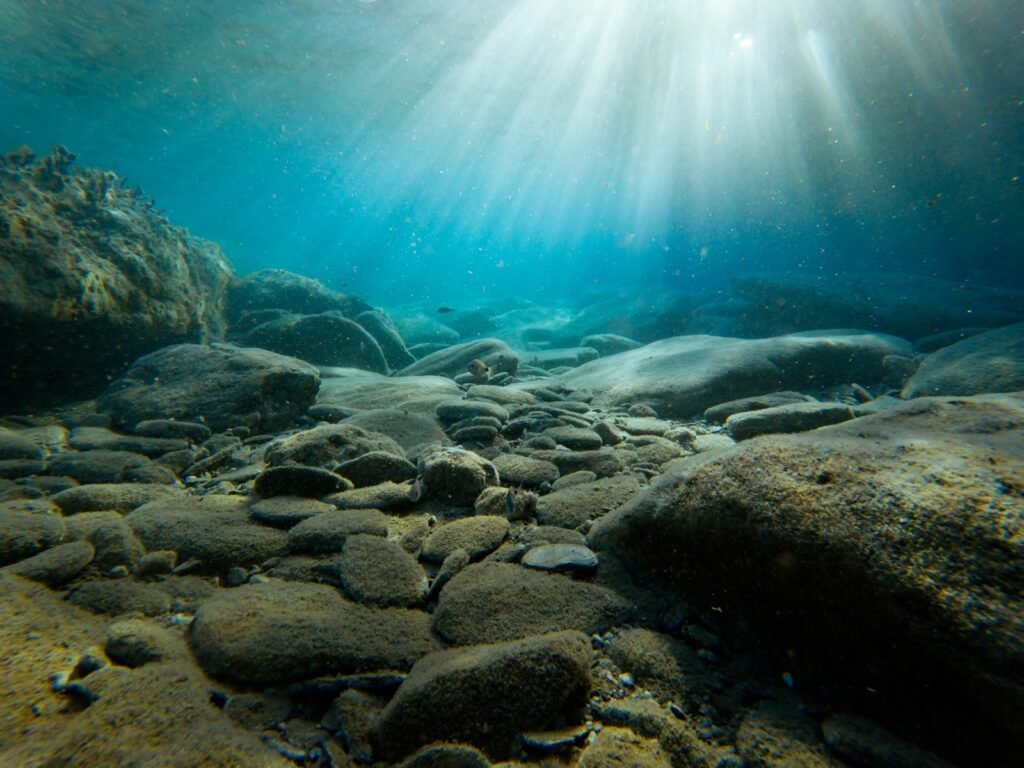Beneath the Earth’s vast oceans lies a world filled with mysteries and wonders that scientists spend their lives trying to unravel. One of the most astonishing discoveries of recent decades is the rich and diverse ecosystems existing in the unlikeliest of places: hydrothermal vents on the ocean floor. The revelation of life thriving in these extreme environments challenges our understanding of biology and opens up new questions about the resilience of life on Earth and potentially other planets.
Discovery and Significance of Hydrothermal Vents
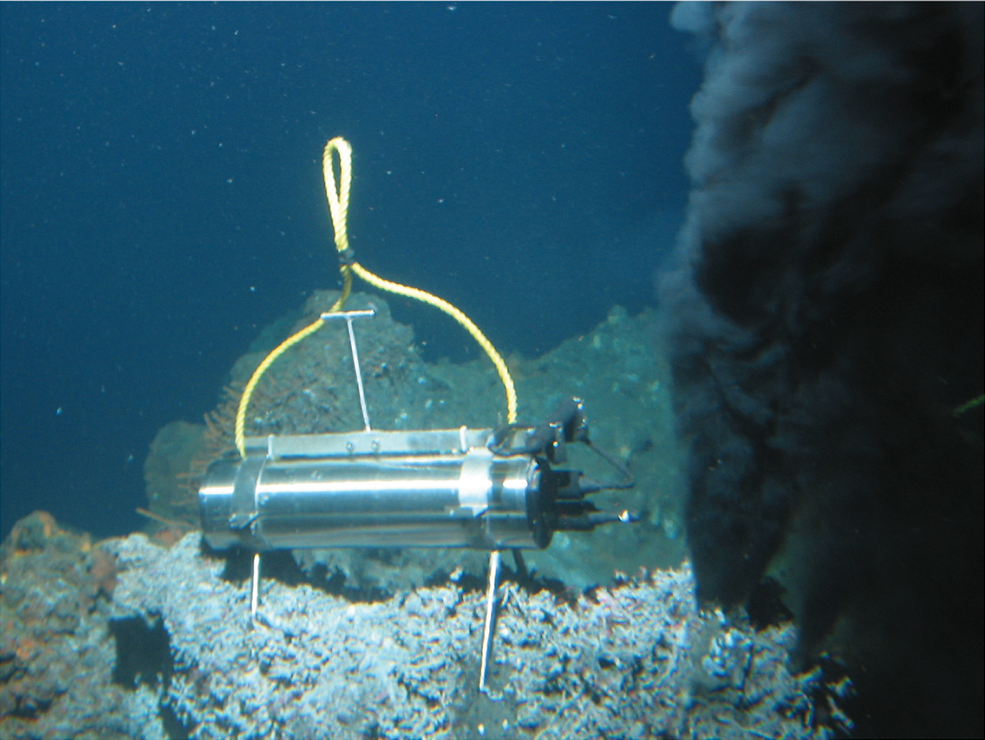
Hydrothermal vents were first discovered in the late 1970s off the coast of the Galápagos Islands. These fissures in the ocean floor release geothermally heated water, rich in minerals and chemicals. The environment around these vents is extreme, with high pressures, total darkness, and temperatures ranging from near freezing to over 400 degrees Celsius. This discovery was groundbreaking because it revealed that life could exist independently of sunlight, using chemosynthesis rather than photosynthesis.
Unique Habitat Conditions
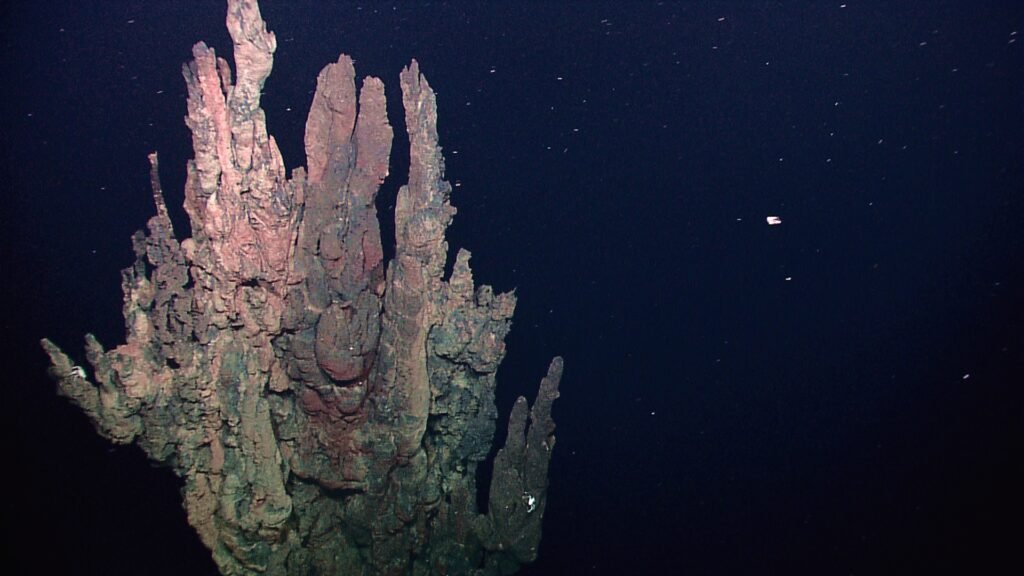
The hydrothermal vent environment is defined by its extreme conditions. It is a unique ecosystem where organisms adapt to high temperatures, crushing pressures, and chemical-rich waters. These conditions are vastly different from most known ecosystems, presenting a challenging yet sustaining environment for specialized life forms.
Diverse Species Found in Vent Ecosystems

The communities around hydrothermal vents are teeming with life forms that have evolved unique adaptations. Species such as giant tube worms, which can grow up to two meters long, are among the most iconic. Other organisms include peculiar heat-loving bacteria, strange crustaceans, and unusual types of fish. The diversity of life forms showcases nature’s resilience and adaptability.
Role of Chemosynthesis
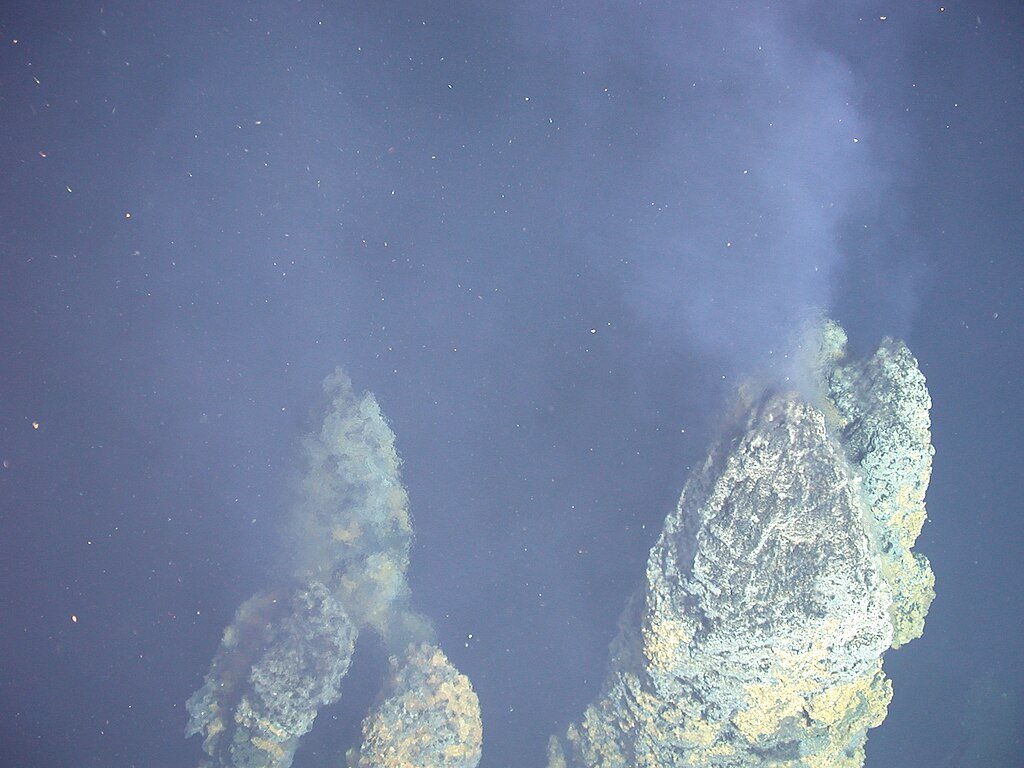
Unlike most life on Earth that relies on photosynthesis, life in hydrothermal vent ecosystems depends on chemosynthesis. This process uses chemical energy from earth minerals instead of light energy to produce food. This adaptation broadens our understanding of how life can sustain itself and could provide clues about the existence of life in similar conditions elsewhere in the universe.
Adaptations to Extreme Conditions

Organisms found around hydrothermal vents have developed remarkable adaptations. The tube worms possess symbiotic bacteria within their bodies to produce nutrients. Crustaceans have heat-resistant exoskeletons and modified enzymes, enabling them to survive in boiling temperatures. These adaptations illustrate the plasticity of life in adapting to Earth’s harshest environments.
Impact of Hydrothermal Vents on Global Ecosystems

Beyond their immediate ecosystems, hydrothermal vents play a critical role in the global marine environment. They contribute to the ocean’s chemistry and help regulate its temperature and nutrient cycles. The vents are, in many ways, a testament to the ocean’s interconnectedness and its broader influence on Earth’s climate and ecosystems.
Threats and Conservation Efforts

Hydrothermal vent ecosystems face threats from activities such as deep-sea mining and illegal fishing. The minerals oozing out of these vents, such as precious metals, are increasingly coveted. Conservation efforts are crucial to protect these unique habitats, ensuring that they are preserved for continued scientific study and the health of the global ecosystem.
Lessons for Earth’s Biology and Beyond

The discovery of life around hydrothermal vents expands the possibilities for life beyond Earth. These ecosystems provide a living laboratory for studying extremophiles — organisms thriving in extreme conditions — offering insights into how life could exist in similar environments elsewhere in the cosmos, like the subsurface oceans of Jupiter’s moon Europa or Saturn’s moon Enceladus.
The Future of Deep-Sea Exploration

As technology progresses, the exploration of deep-sea environments will likely continue to offer new revelations. The mysteries of hydrothermal vents are vast, requiring advanced equipment and international collaboration to explore deeper, longer, and with greater precision. This continued exploration has the potential to revolutionize our understanding of biology, geology, and chemistry.
Conclusion
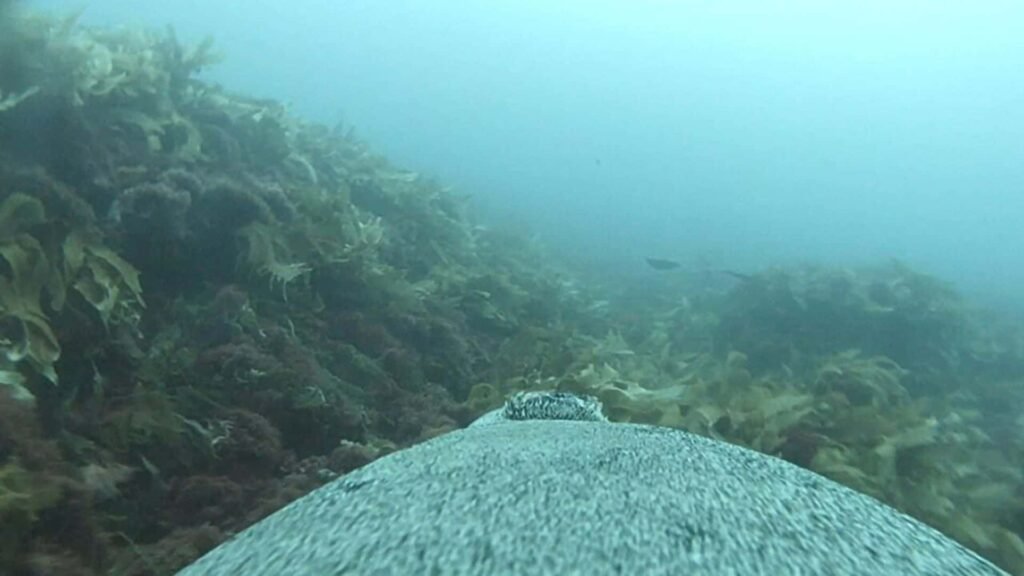
In conclusion, the discovery of life beneath the ocean floor at hydrothermal vents has transformed our understanding of biology. These unique ecosystems not only demonstrate the resilience and adaptability of life on Earth but also inspire new questions about life’s potential on other planets. As exploration advances, the secrets held within these deep-sea environments may further illuminate the ingenuity of life in adapting to some of Earth’s most extreme conditions.

